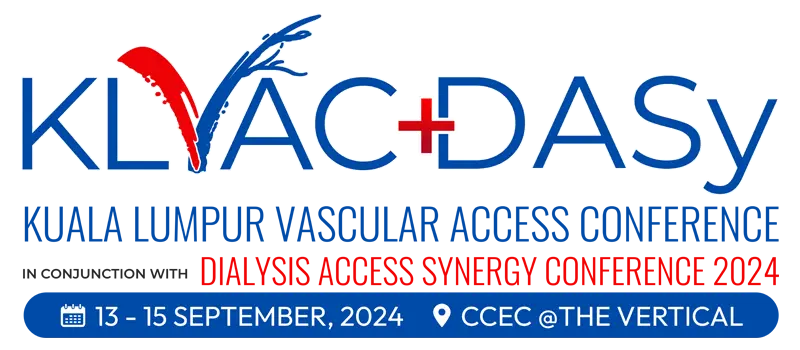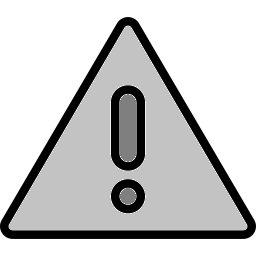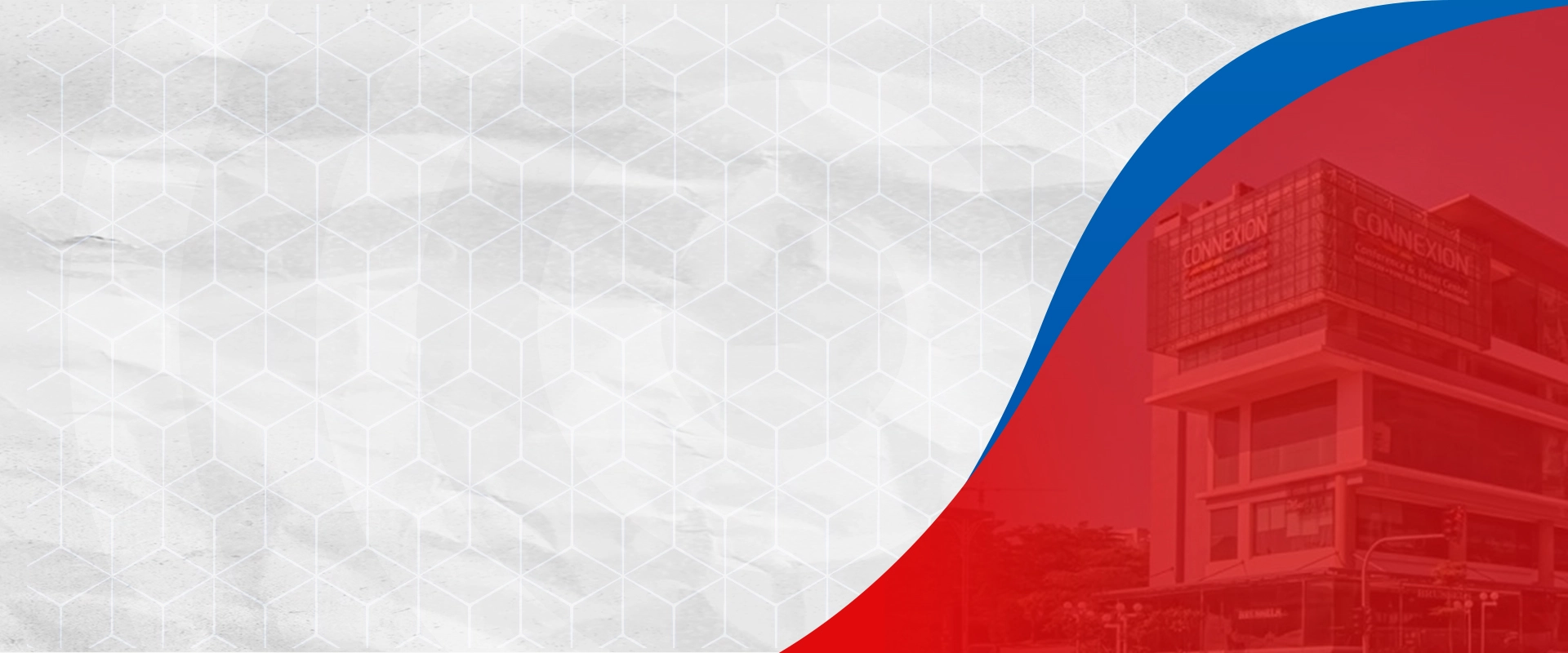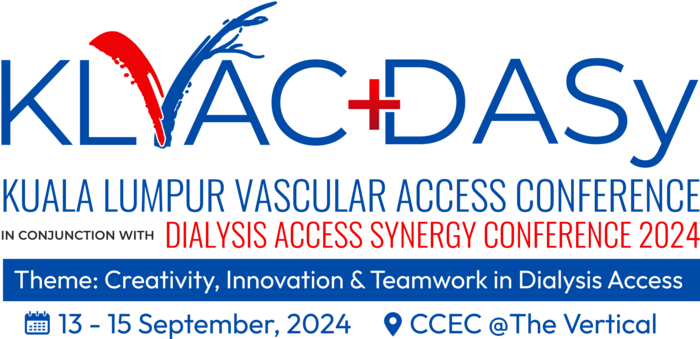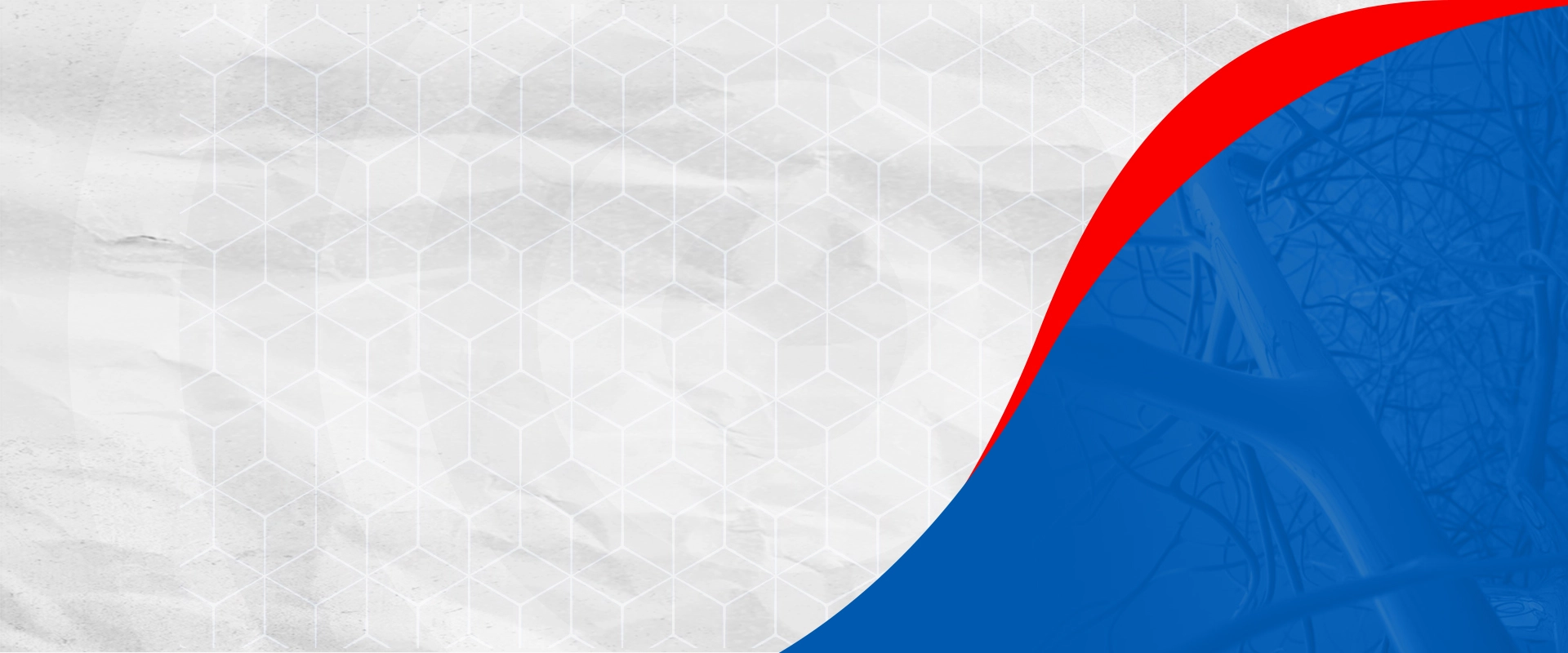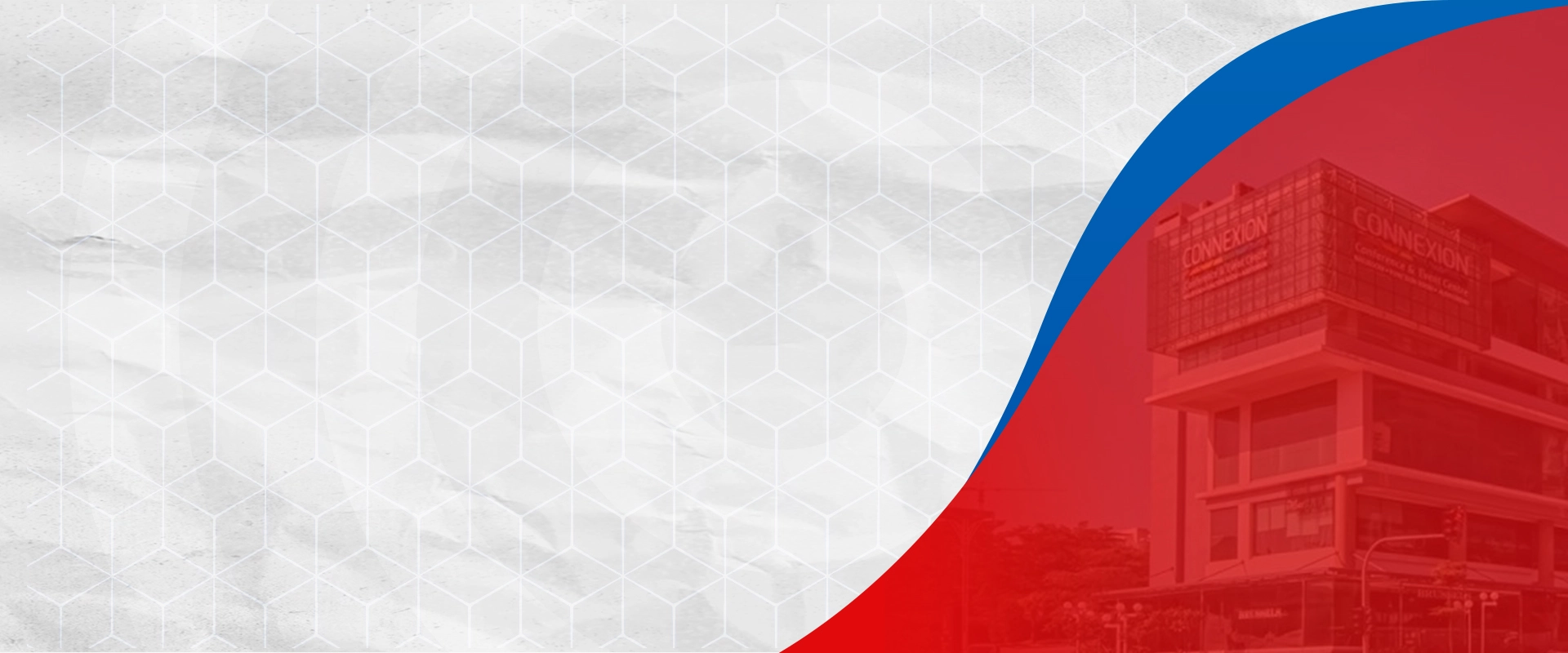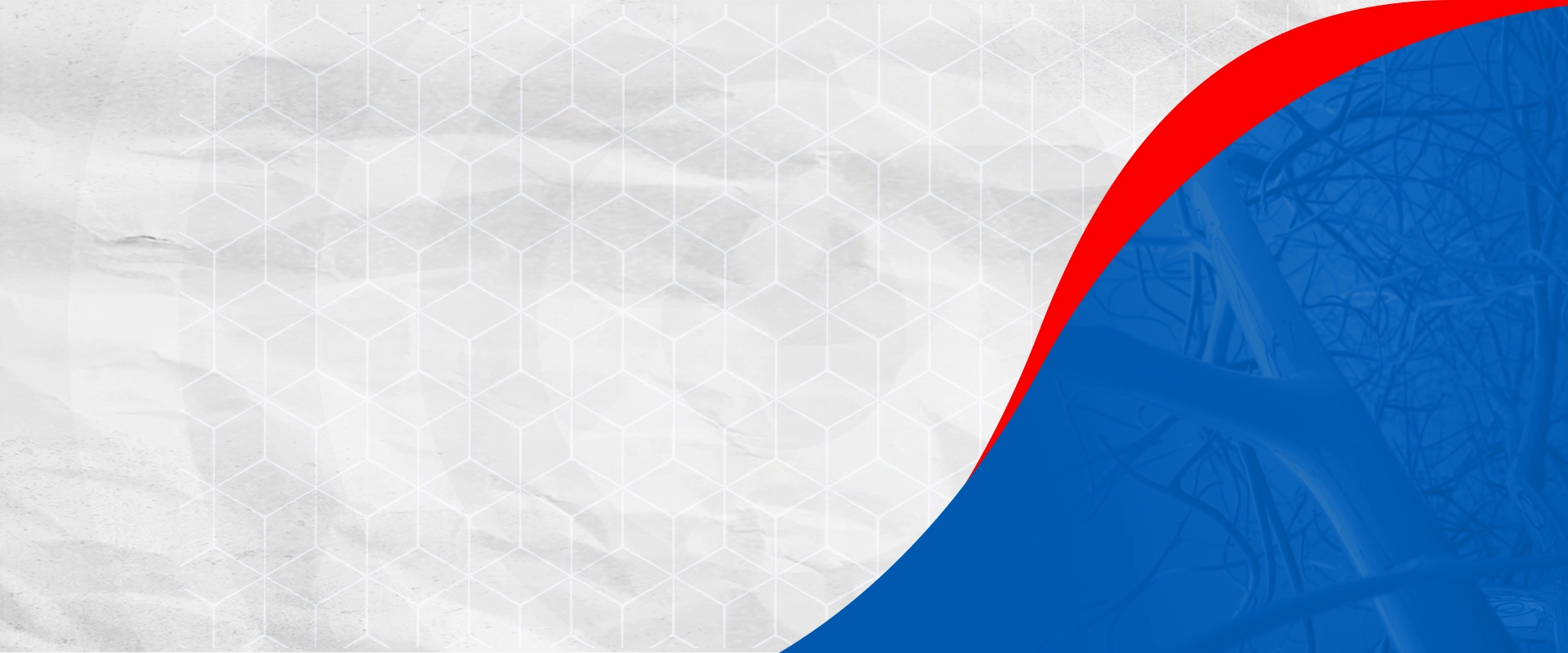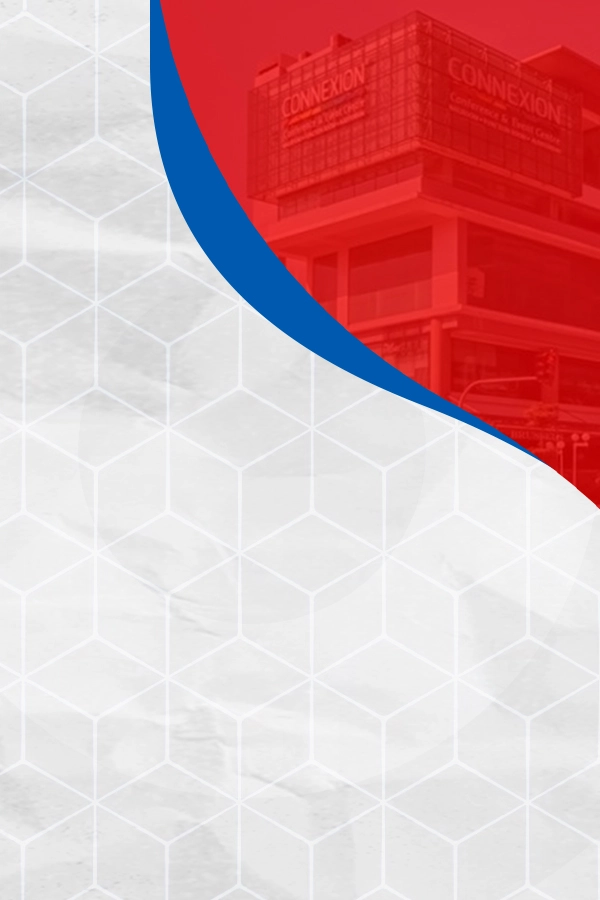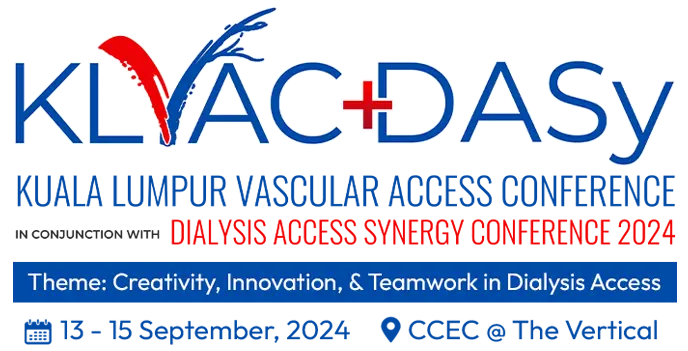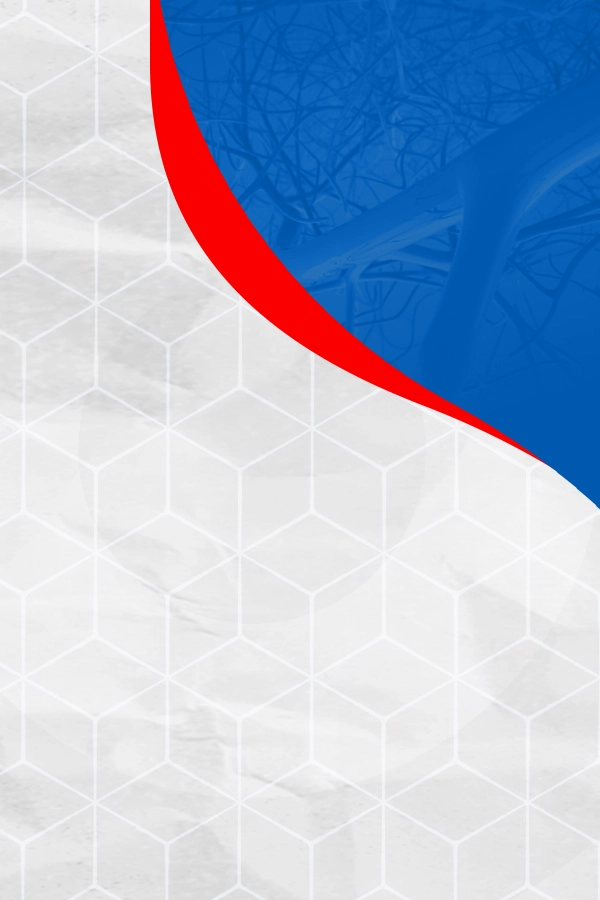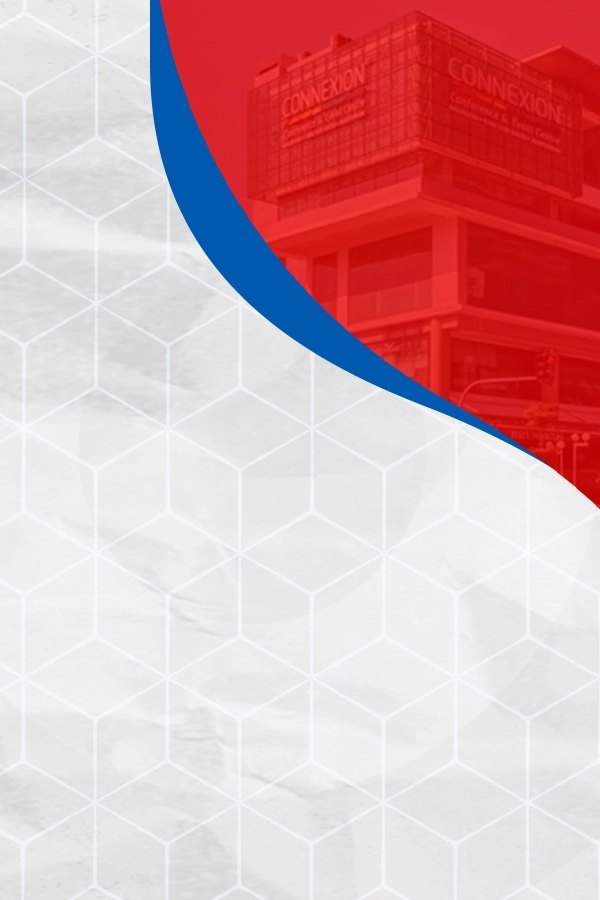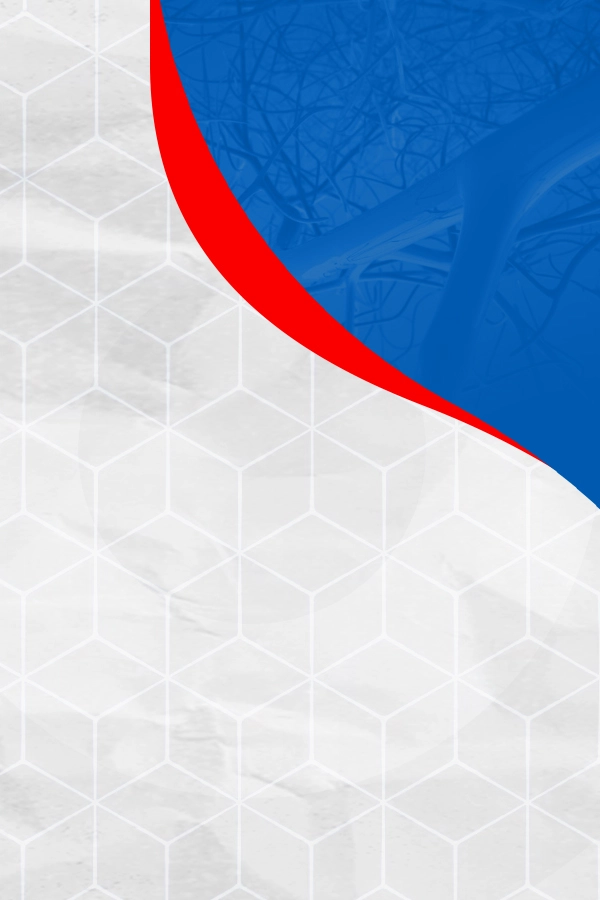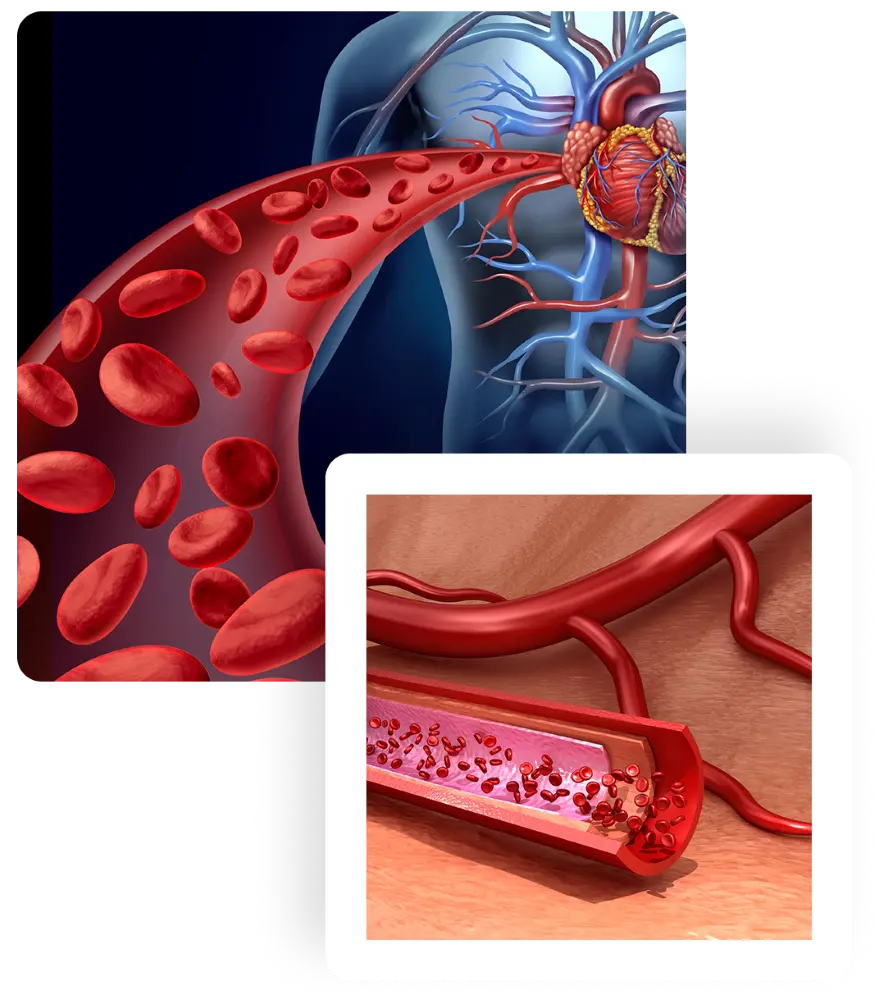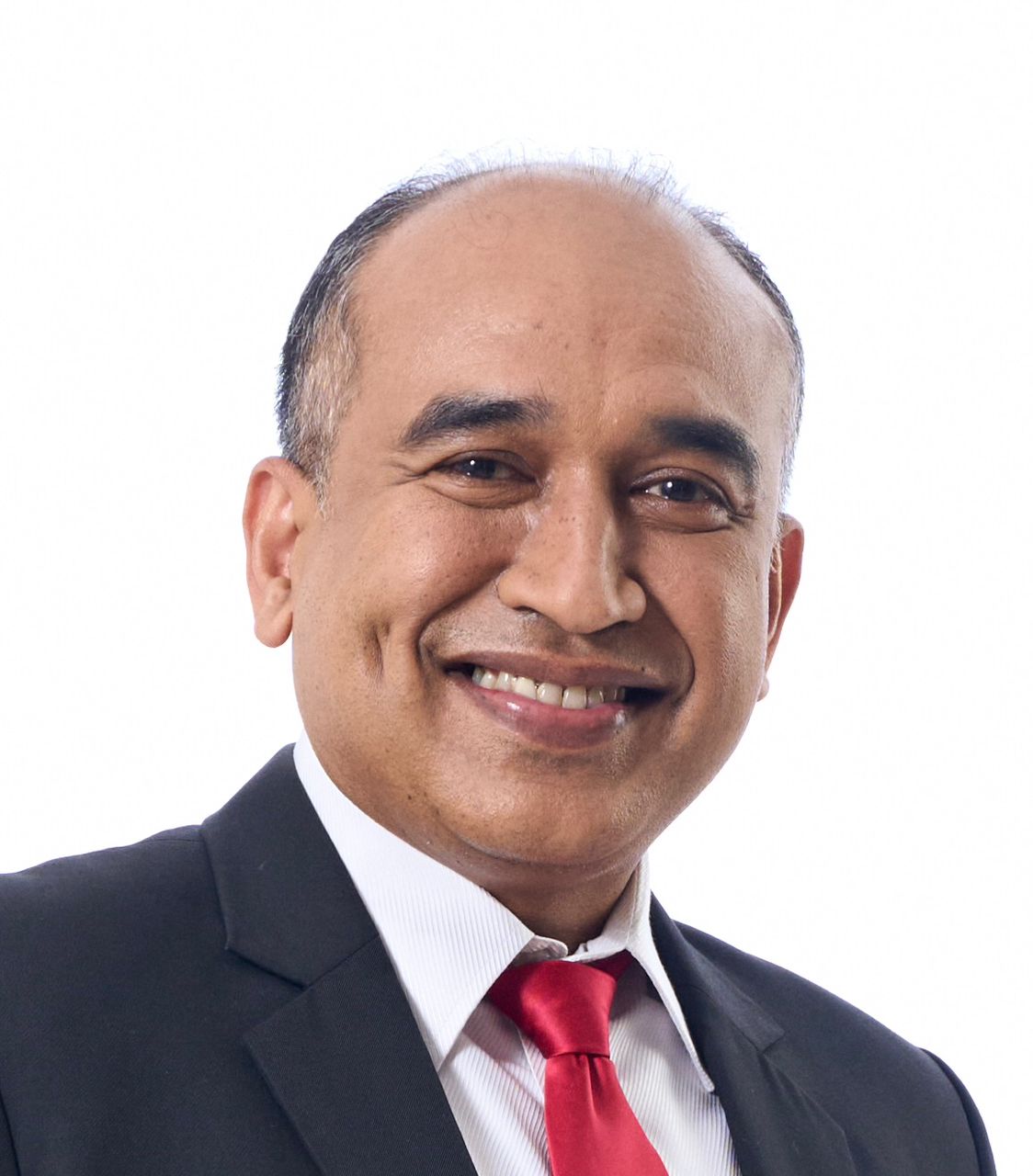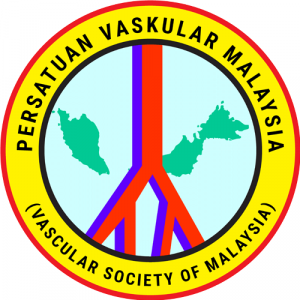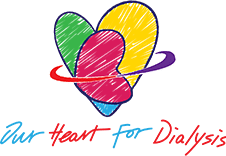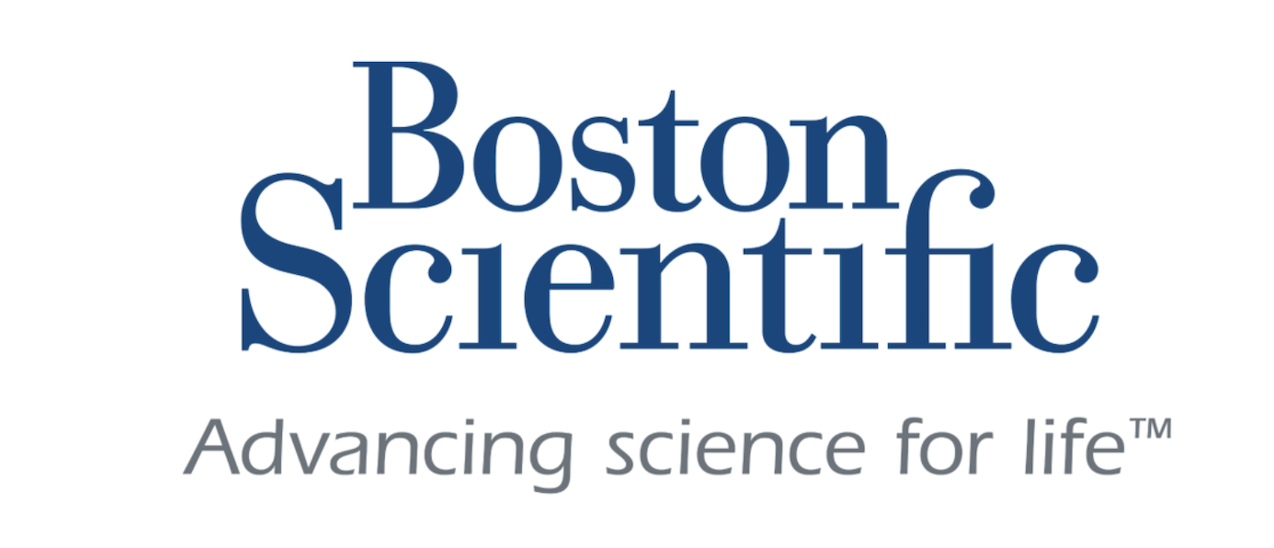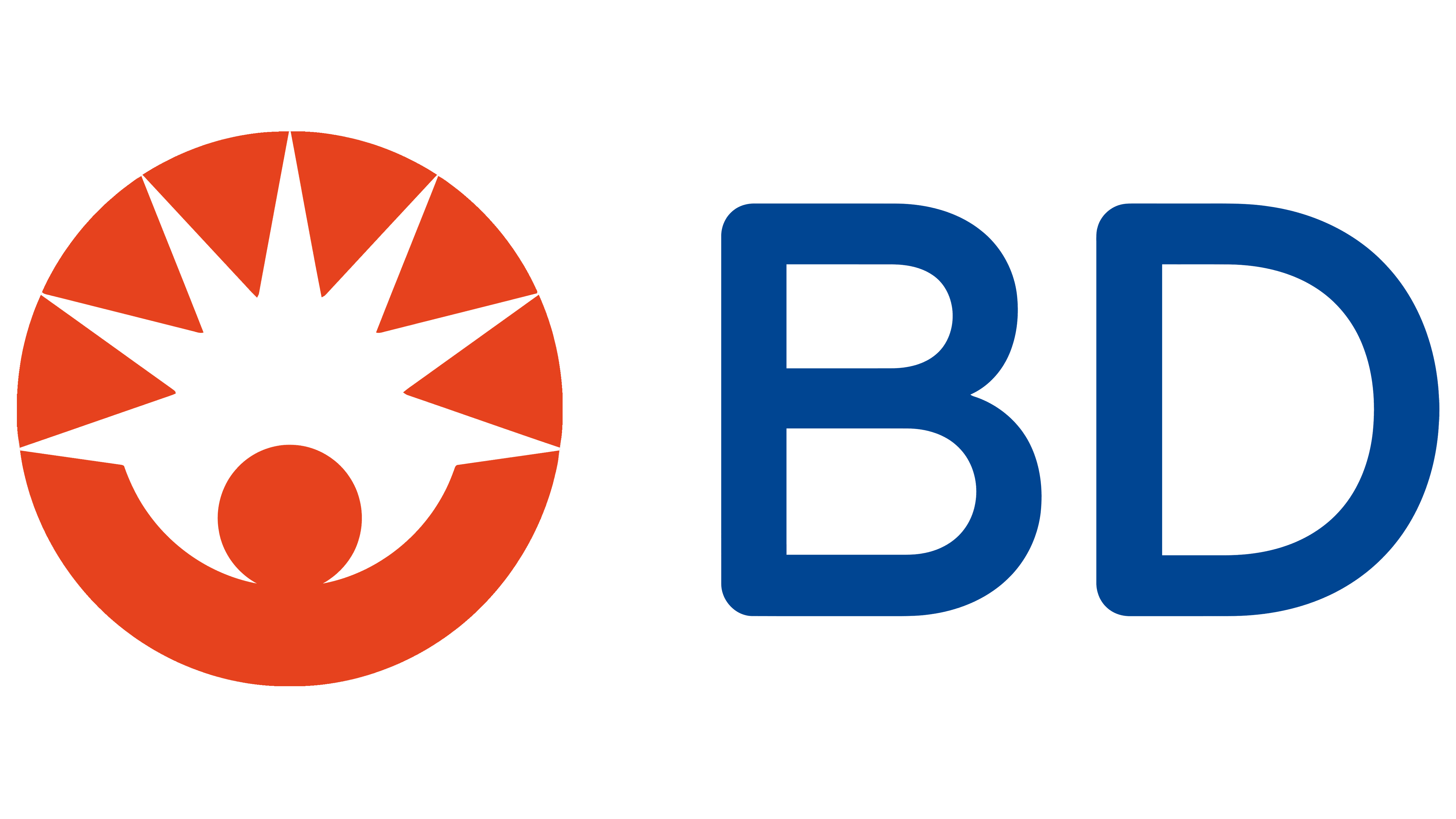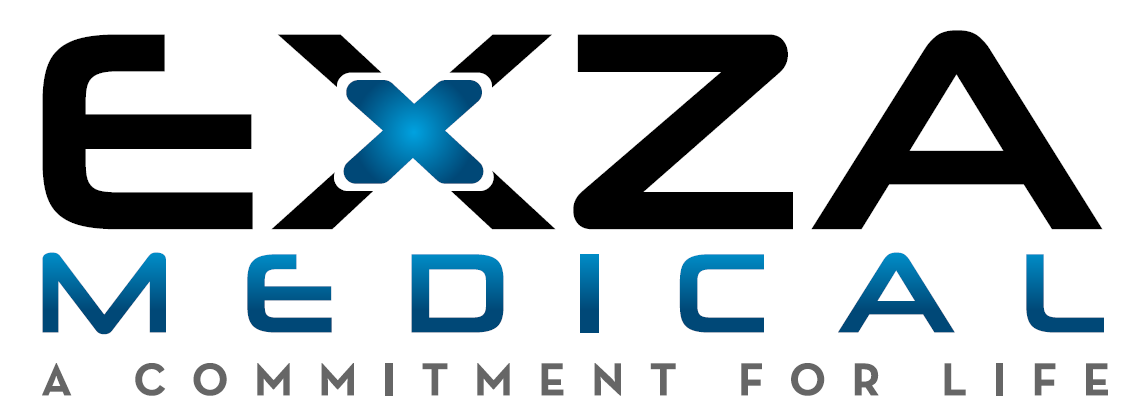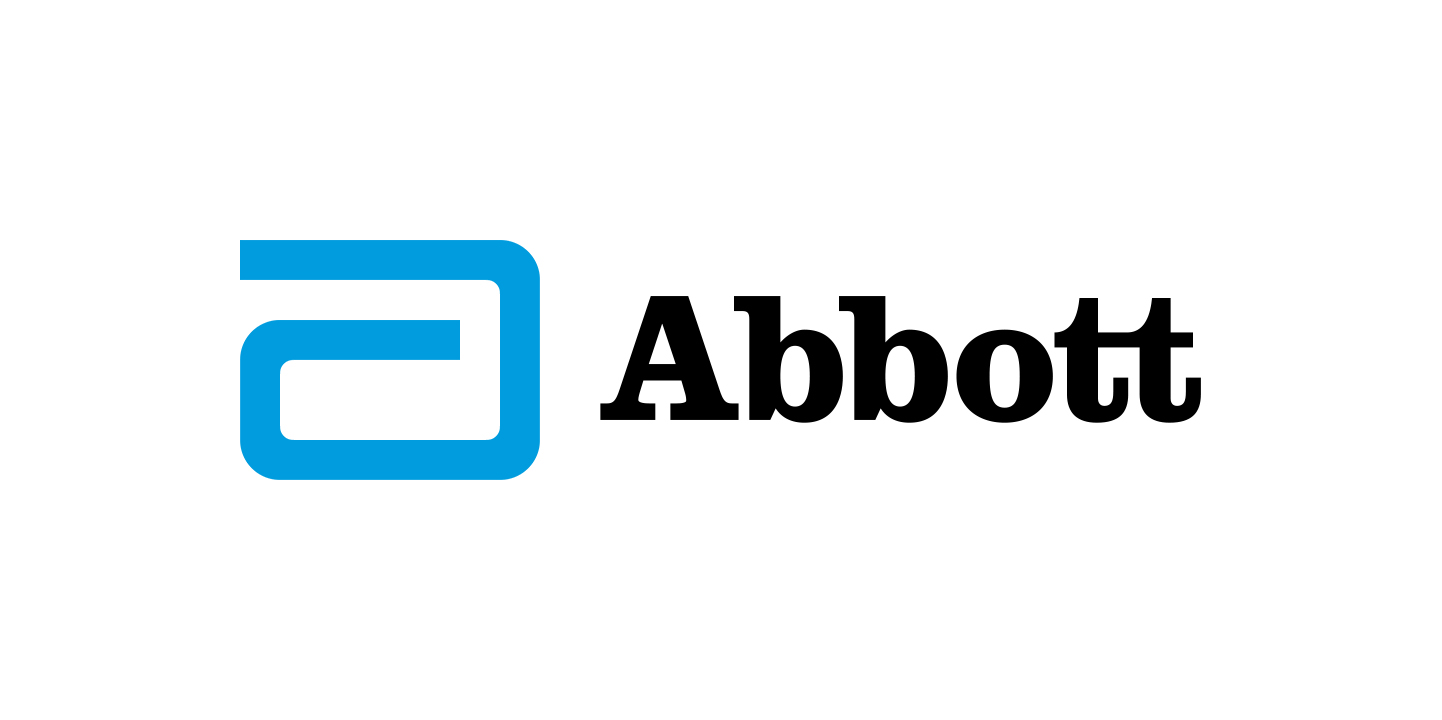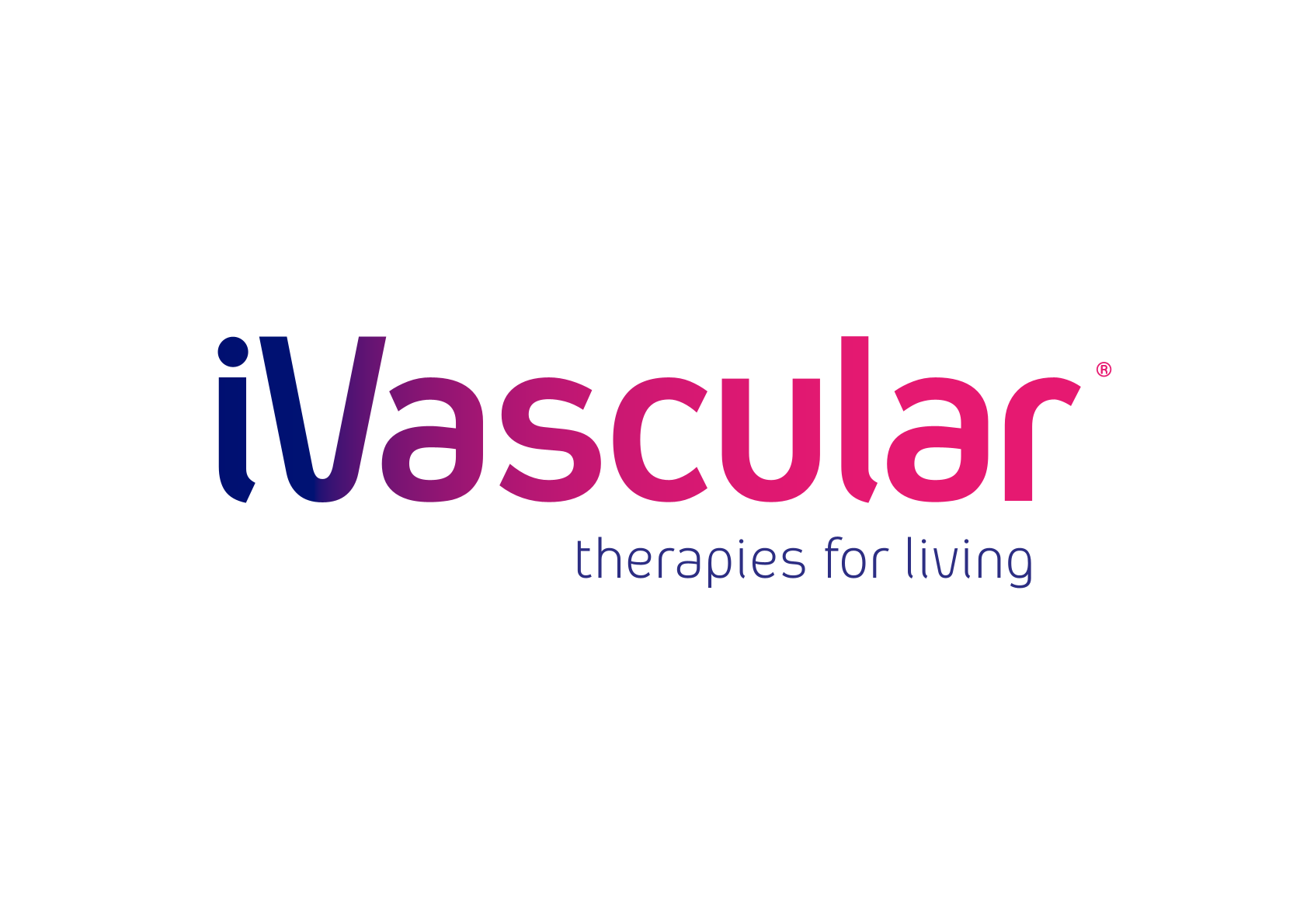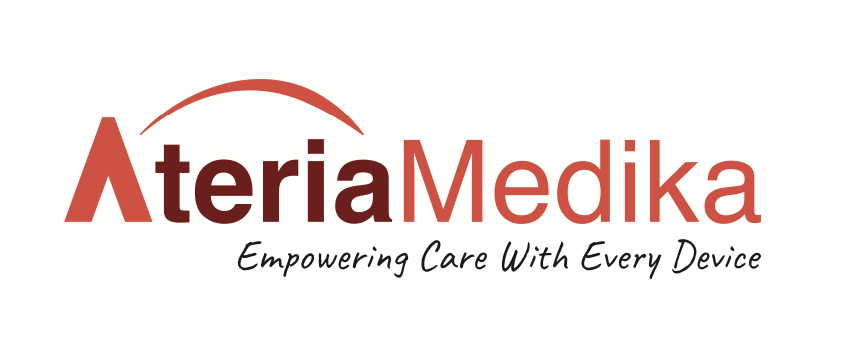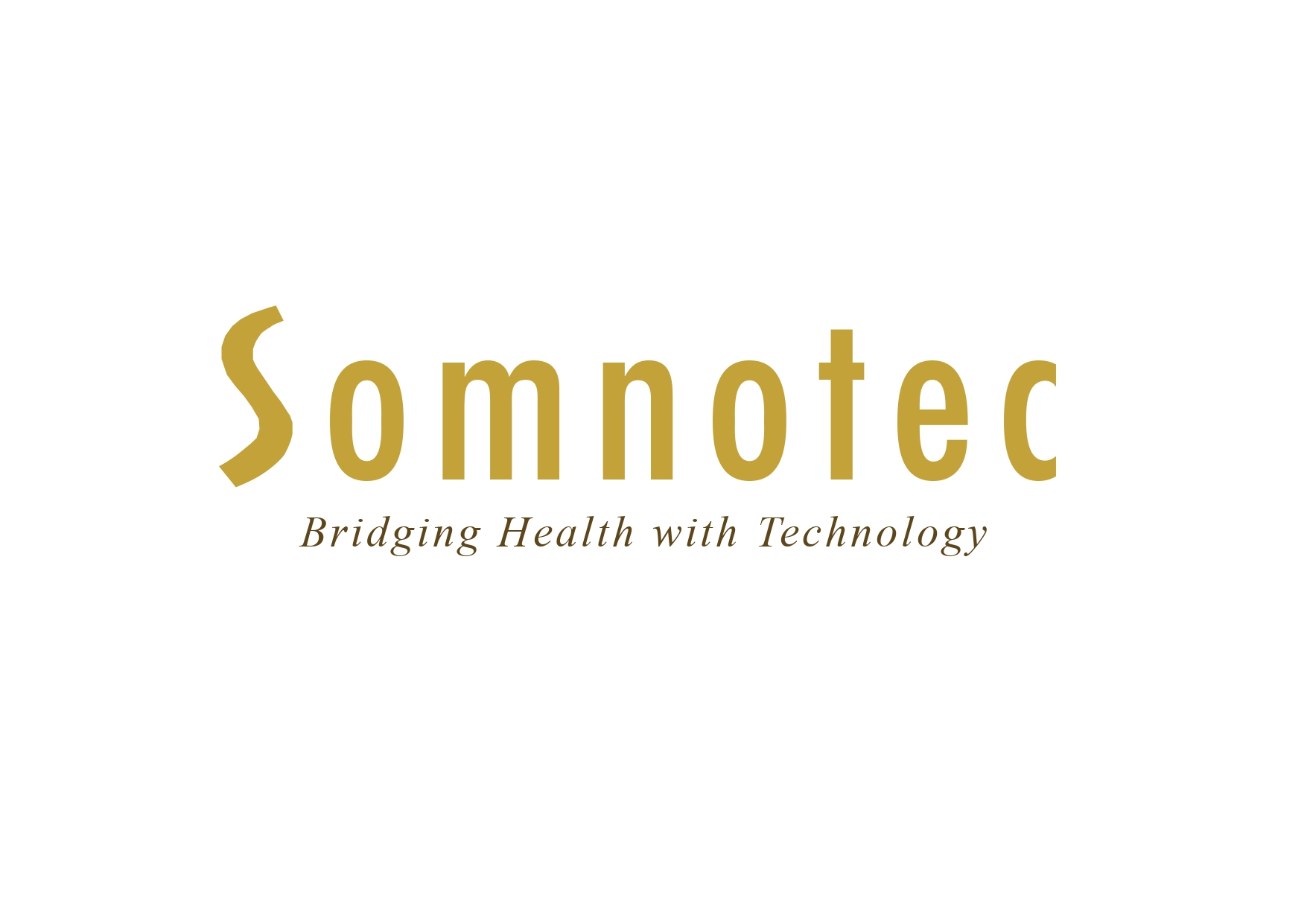Dear Esteemed Participants and Colleagues,
Welcome to the Kuala Lumpur Vascular Access Conference 2024, an extraordinary collaboration between the Vascular Society Malaysia and the Society of Dialysis Access Specialists. We are thrilled to announce that this conference will be held in conjunction with the Dialysis Access Synergy Conference 2024, creating a comprehensive conference that promises to be both enlightening and innovative.
This year’s conference theme, “Creativity, Innovation, and Teamwork in Dialysis Access,” reflects our commitment to exploring new ideas, embracing innovative devices, and fostering collaboration with other healthcare providers. Our collective goal is to enhance the quality of care provided to our patients through a multifaceted approach.
The conference kicks off with a one-day pre-conference session, setting the stage for two days of insightful discussions, presentations, and knowledge exchange during scientific congress.
We believe that covering new ideas and devices, and by working collaboratively with fellow healthcare professionals, we can continue to advance the field of vascular access and elevate patient care to new heights. The conference venue at CCEC @ The Vertical, Bangsar, provides a conducive environment for fostering learning, networking, and collaboration.
We look forward to your active participation, as together we explore the realms of creativity, innovation, and teamwork in dialysis access. Let’s collectively contribute to betterment of patient care.
See you at the KLVAC+DASy 2024!
